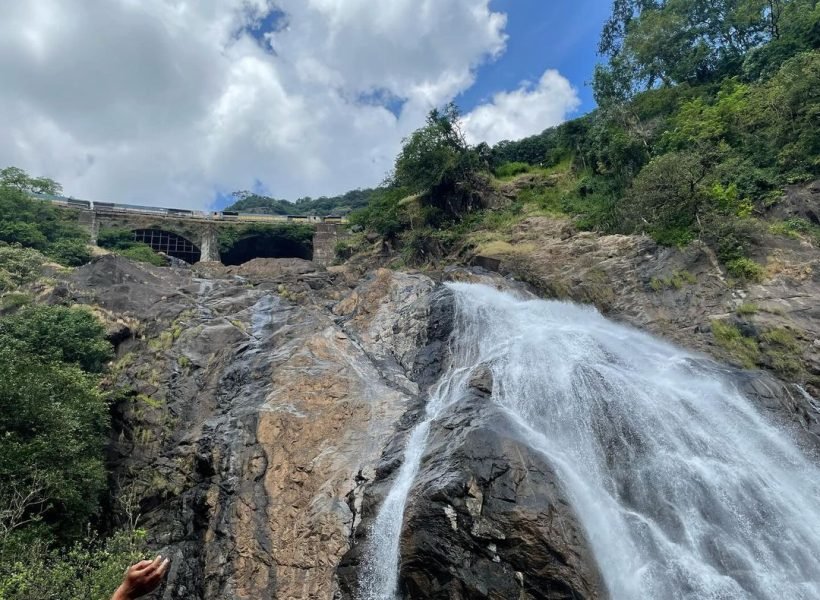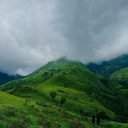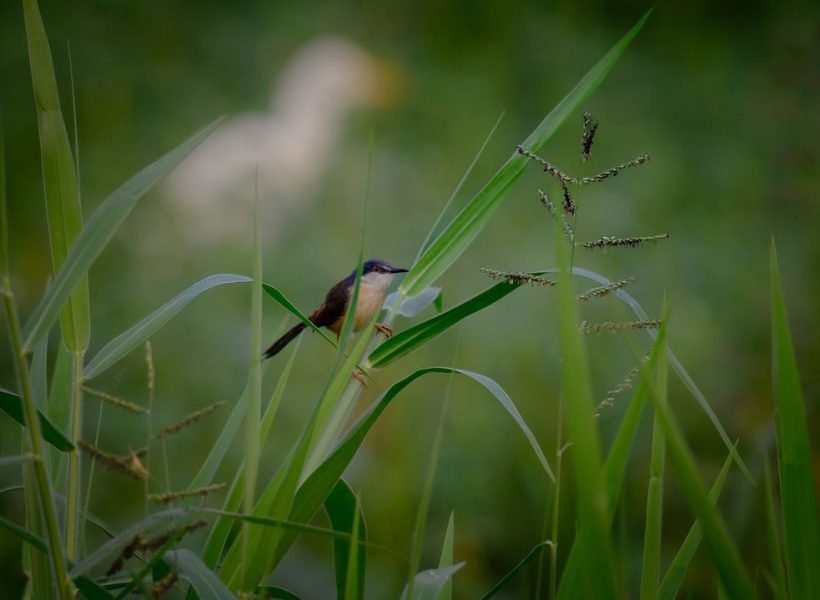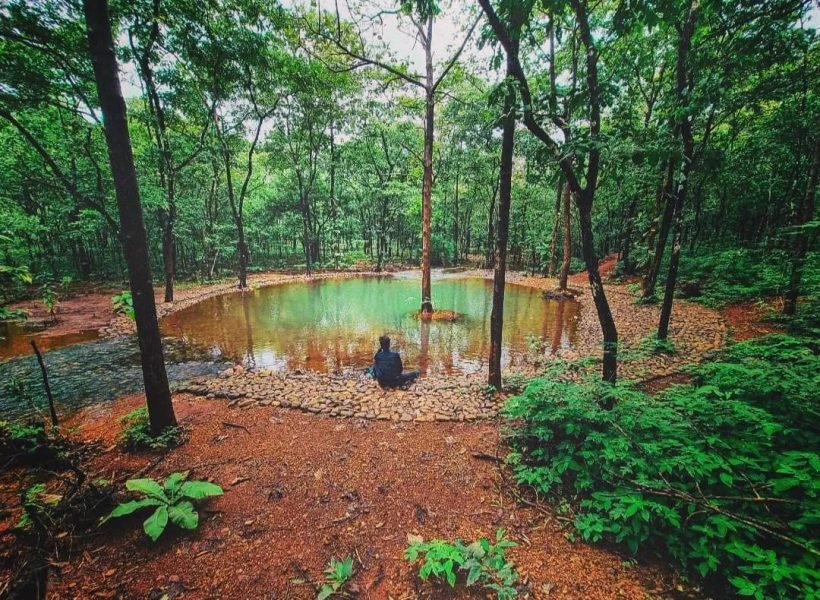The journey to Dudhsagar is an enchanting odyssey through the Bhagwan Mahavir Wildlife Sanctuary, where the symphony of the forest accompanies trekkers. This biodiverse hotspot is a paradise for nature enthusiasts and wildlife photographers. As you draw closer to the falls, the thundering roar of cascading water intensifies, creating a thrilling anticipation that culminates in the breathtaking sight of milky waters plunging into an emerald pool. Whether you seek serenity or adventure, Dudhsagar offers both, with its charm magnified during the monsoon when it transforms into a majestic force of nature.
Beyond its natural allure, Dudhsagar is a cultural icon, steeped in local legends and myths, adding an air of mystique to the surroundings. Ancient temples and charming villages dot the area, inviting exploration of the rich local culture.
Dudhsagar Falls beckons travelers to not merely visit but to immerse themselves in its natural splendor, cultural heritage, and the untamed wilderness of the Western Ghats. It leaves an indelible mark, an experience that lingers long after leaving its shores—an enduring testament to the captivating synergy of nature and adventure.
Dudhsagar Falls, a natural wonder located in the Western Ghats, is not just a breathtaking cascade but a storied entity with a rich history. Believed to have formed many years ago due to geological changes, it has witnessed the unfolding of countless historical events, shaping the cultural landscape of the region.
In ancient times, Dudhsagar Falls was a part of the influential Kadamba Kingdom, known for its advanced water management systems and reverence for the falls as a sacred entity. This historical significance is noticed in numerous temples and shrines that adorn the area, some dating back to that era.
During the colonial period, Dudhsagar gained prominence due to its strategic location. Portuguese colonizers used the Western Ghats routes for trading spices, and the British later introduced a railway line near the falls. The iconic image of a train passing in front of the falls serves as a reminder of this colonial legacy.
In contemporary times, Dudhsagar Falls has witnessed Goa’s transformation from a colonial outpost to an independent Indian state. It has become an integral part of Goan identity and played a significant role in promoting environmental and wildlife conservation efforts, emphasizing the need to preserve natural wonders.
Beyond its historical significance, Dudhsagar Falls is also a vibrant hub of local art, culture, and traditions. Indigenous communities like the Velip and Kunbi tribes have preserved their way of life, deeply rooted in harmony with nature. Their art forms, tribal festivals, and dances showcase their profound respect for nature, passed down through generations.
The culinary journey around Dudhsagar is equally enticing, offering a fusion of Goan and South Indian flavors influenced by the region’s rich biodiversity. Traditional dishes like Goan Fish Curry, Karnataka-style Akki Roti, and the delightful Bebinca dessert are a celebration of local heritage. The lush forests around the falls provide ingredients like kokum and wild berries, adding unique twists to these dishes.
Dudhsagar Falls, with its history, culture, and natural beauty, stands as an enduring beauty and resilience of nature intertwined with the human narrative. It is a timeless marvel that beckons travelers to immerse themselves in its tapestry of experiences.














